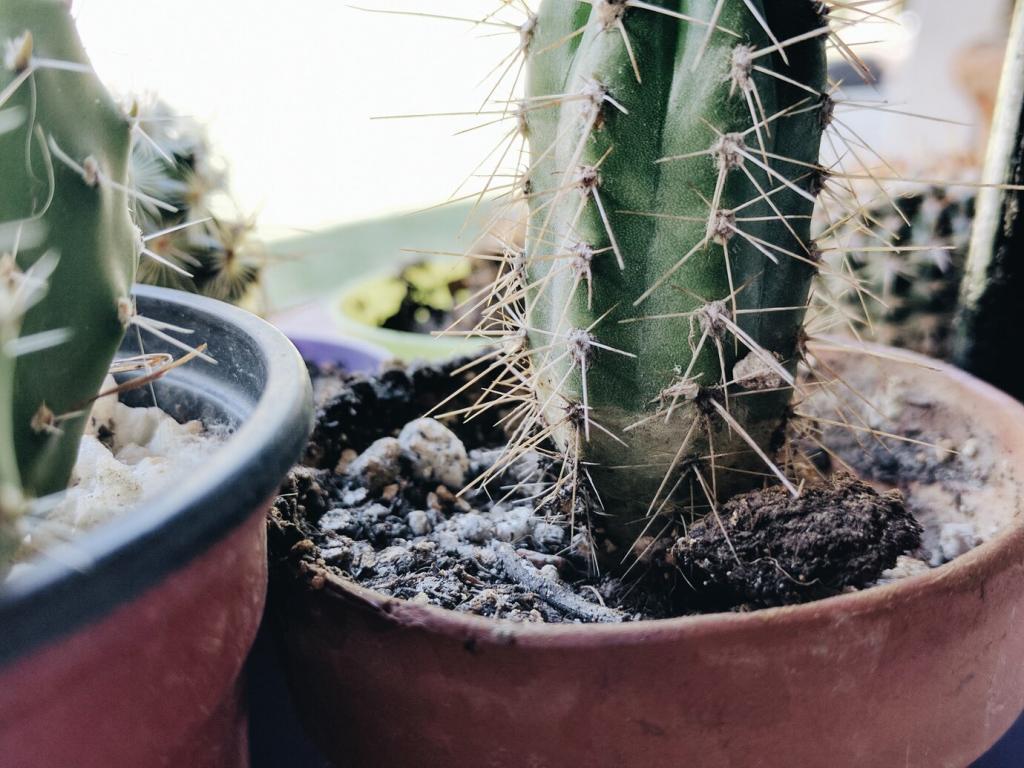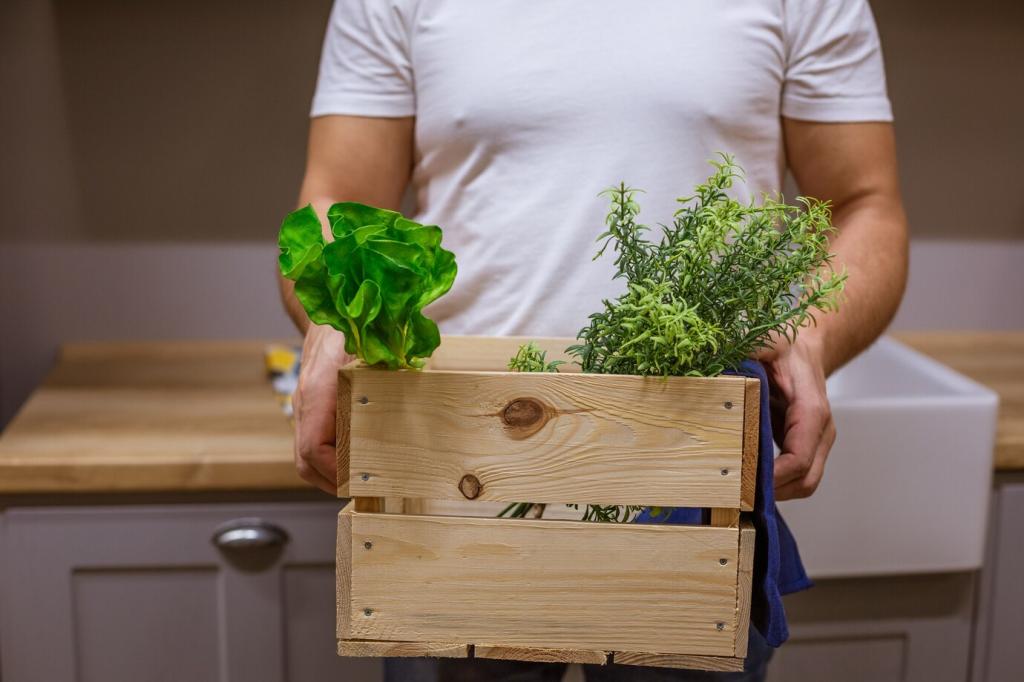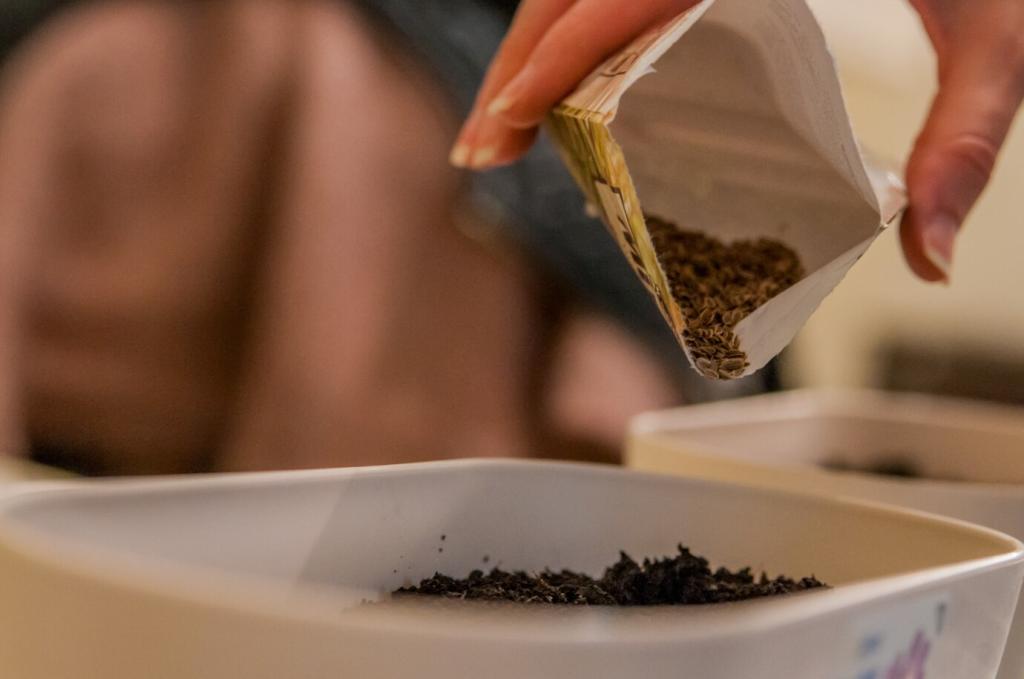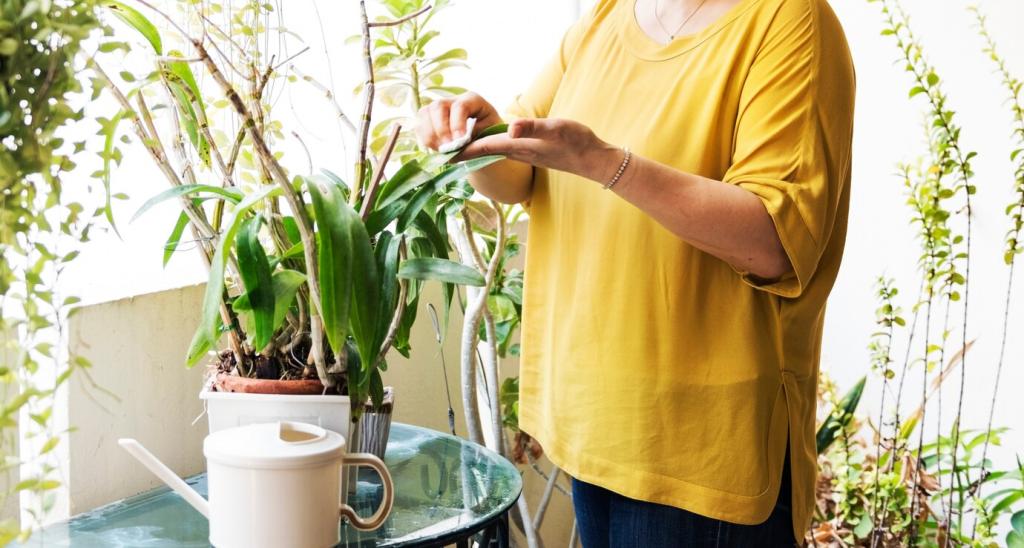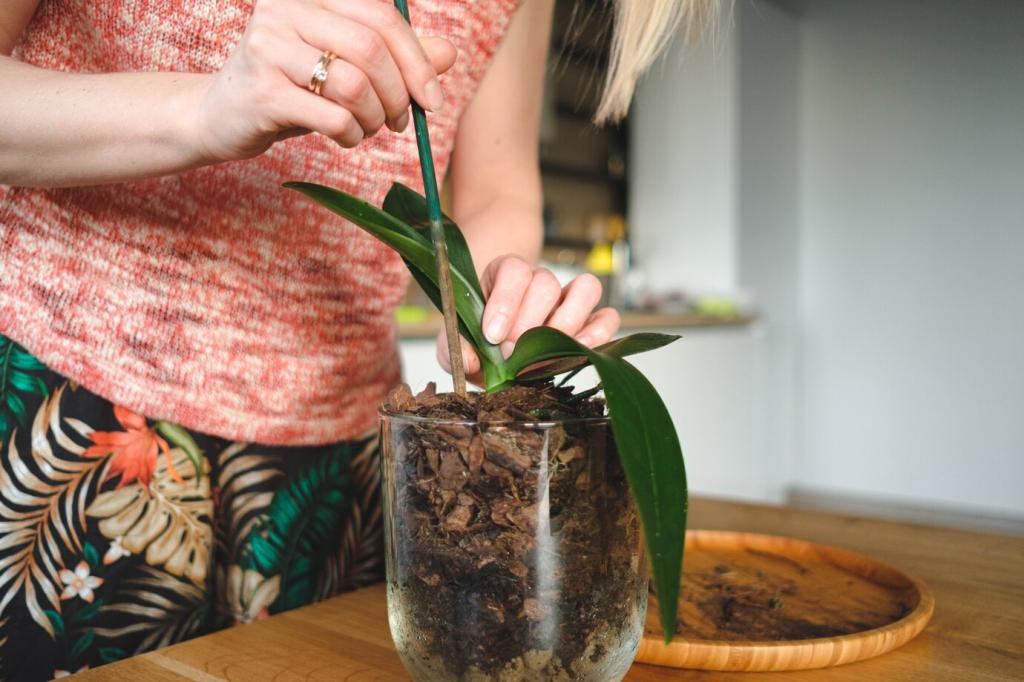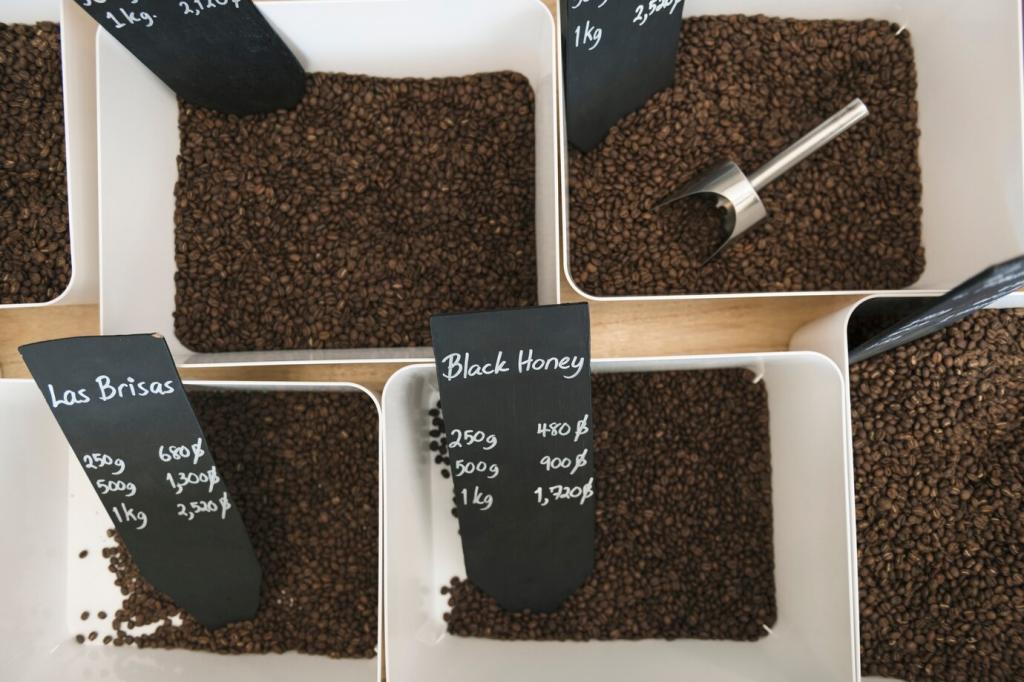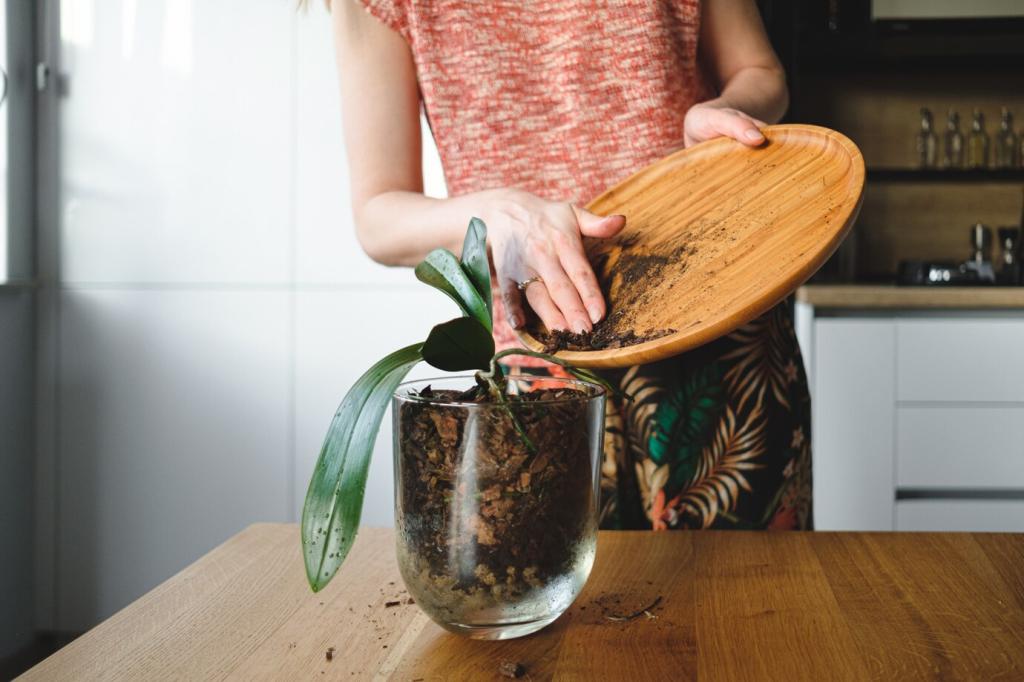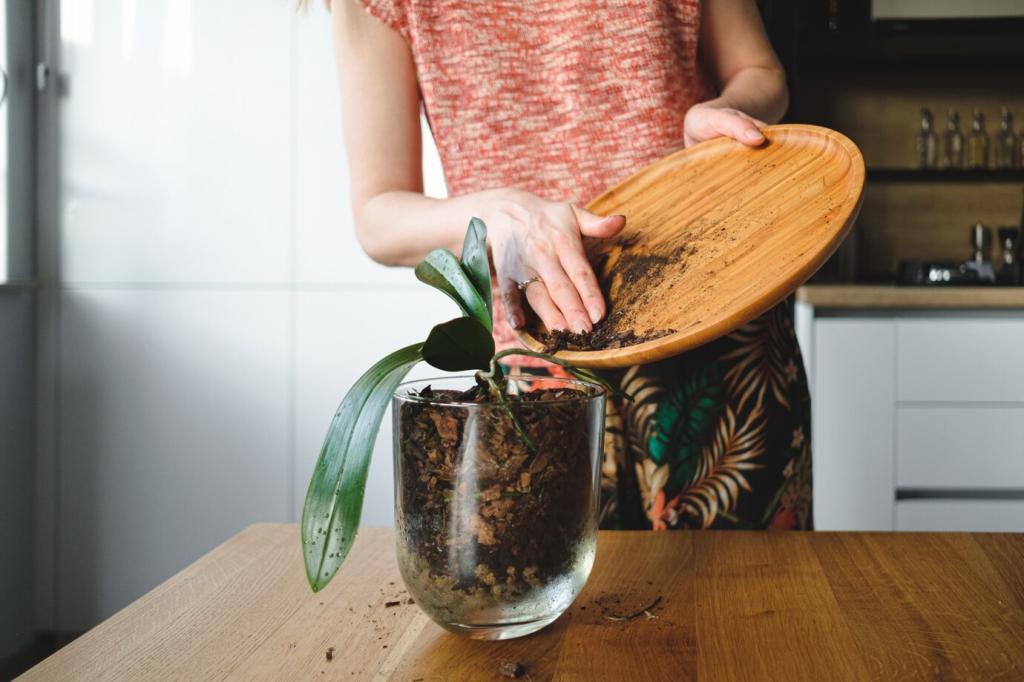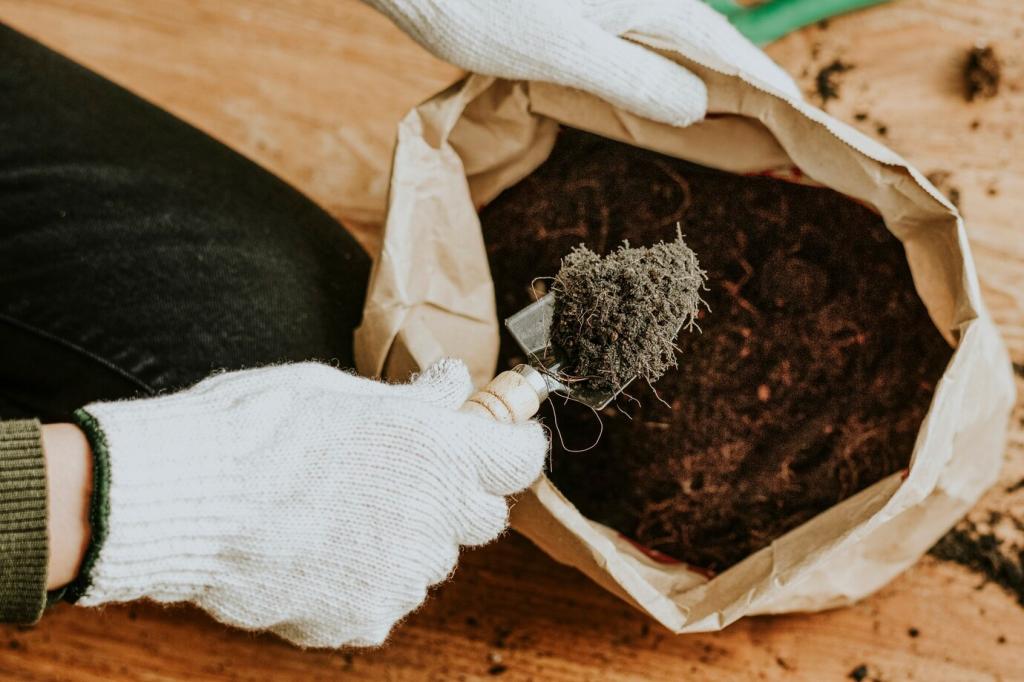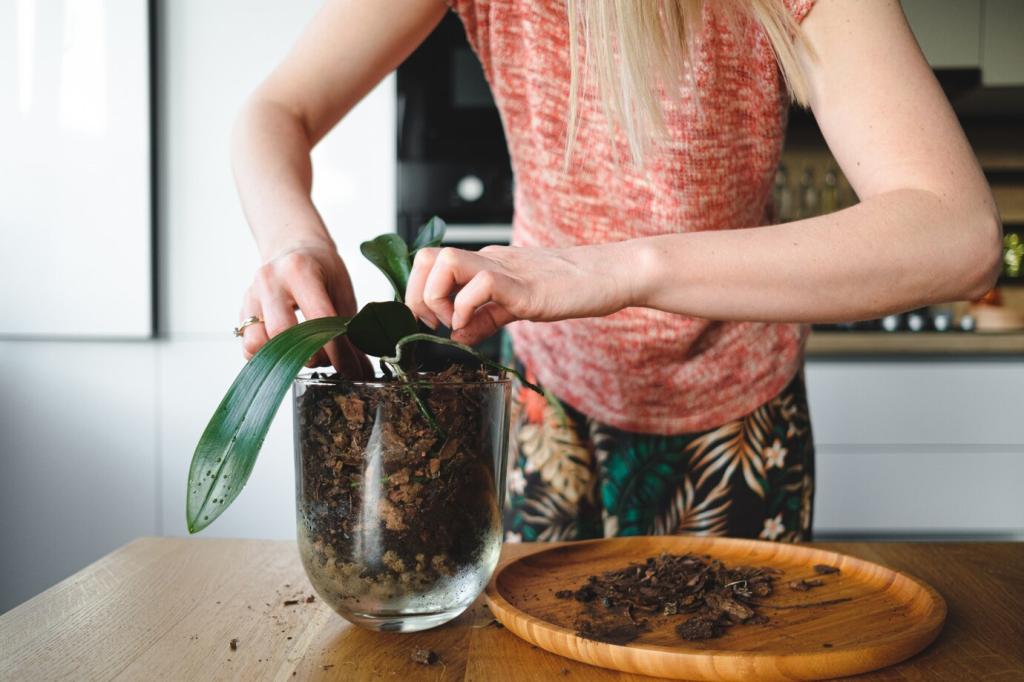Bokashi Fermentation: Pickling Scraps on Your Counter
Bokashi relies on beneficial microbes to ferment food scraps in an airtight bucket. Sprinkled inoculated bran accelerates the process, producing a sour, pickled aroma rather than rot. Because it is anaerobic, it stays sealed, making it uniquely apartment-friendly and incredibly efficient for busy lifestyles.
Bokashi Fermentation: Pickling Scraps on Your Counter
Press scraps into the bucket in thin layers, add bokashi bran, and tamp down to exclude air. Drain leachate every few days, diluting it heavily for plants. When full, let it ferment for two weeks, then prepare a finishing stage to complete the transformation into usable compost.


